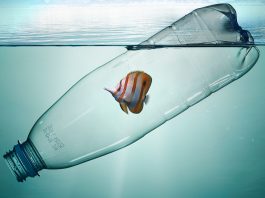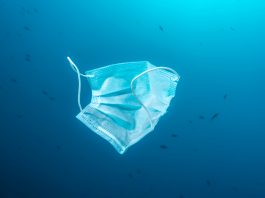Researchers at Washington State University have discovered the mechanisms that enable nanoscale plastic particles to move through the environment.
The team found that a silica surface – like sand – has very little impact on decelerating the movement of plastics, while natural organic matter from decomposition of plant or animal remains are able to trap certain types of nanoscale plastic particles.
The research, published in Water Research, may be able to assist researchers in developing better methods of filtering out and cleaning up nanoscale plastic particles from the environment.
“We’re looking at developing a filter that can be more efficient at removing these plastics,” commented Indranil Chowdhury, assistant professor in WSU’s Department of Civil and Environmental Engineering. “People have seen these plastics escaping into our drinking water, and our current drinking water system is not adequate enough to remove these micro and nanoscale plastics. This work is the first fundamental way to look at those mechanisms.”
Plastics have a wide range of useful applications and been ubiquitous in society for decades; they are cheap, water resistant and easy to produce. However, plastic pollution is a growing concern around the world.
“Plastics are a great invention and so easy to use, but they are so persistent in the environment,” Chowdhury commented.
After being used and discarded, plastics decompose through chemical, mechanical, and biological processes to micro- and then nano-sized particles less than 100 nanometres in size. In spite of attempts to eliminate them from wastewater treatment plants, huge quantities of micro and nanoscale plastics still make their way into the environment.
Research indicates that over 90% of tap water in the US contains nanoscale plastic particles, Chowdhury explained, and a study conducted in 2019 revealed that people eat about five grams of plastic a week.
Currently, the health effects of this plastic pollution are not fully understood. “We do not know the health effects, and the toxicity is still unknown, but we continue to drink these plastics every day,” said Chowdhury.
The research team discovered that polyethylene particles from plastic bags can effortlessly move through the environment, through a silica surface or natural organic matter.
Sand and plastic particles reject each other, so the plastic cannot stick to the particles of sand. The plastic particles do hook onto natural organic material that is abundant in natural aquatic environments, but this is only temporary, as they can be washed off with a change in chemistry in the water.
“That’s bad news for polyethylene in the environment,” explained Chowdhury. “It doesn’t stick to the silica surface that much and if it sticks to the natural organic matter surface, it can be re-mobilised. Based on these findings, it indicates that nanoscale polyethylene plastics may escape from our drinking water treatment processes, particularly filtration.”
In terms of polystyrene particles, the results were more promising: silica surfaces were not able to stop the movement of the nanoscale plastic particles, but the organic natural matter could.
The team hopes that the research will ultimately lead to the development of filtration systems for water treatment facilities to remove nanoscale plastic particles.





